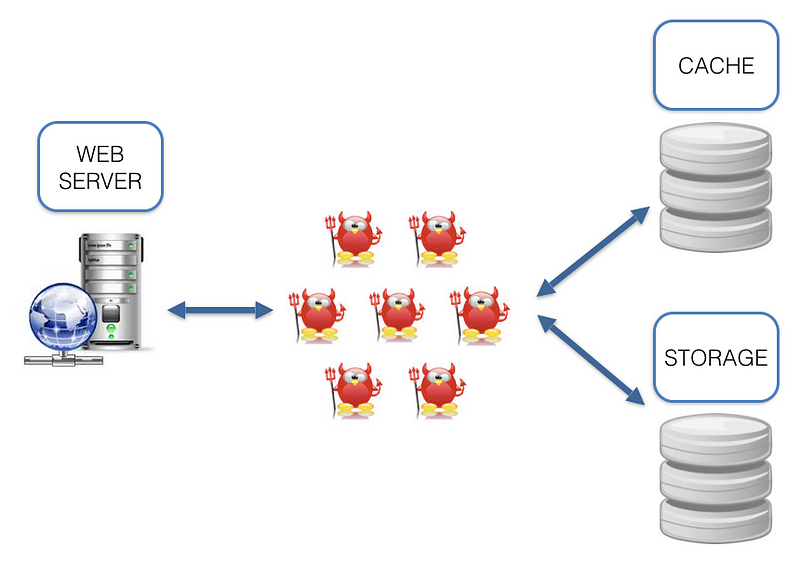HPE White Paper: Ditch Workflow-Driven OSS Orchestration with HPE’s New Approach for Hybrid Networks
 Learn about HPE's original approach to OSS transformation in hybrid environments & support next-generation levels of agility. Check out this new HPE white paper!
Learn about HPE's original approach to OSS transformation in hybrid environments & support next-generation levels of agility. Check out this new HPE white paper!

 Designed for smaller companies moving toward hybrid cloud.
Designed for smaller companies moving toward hybrid cloud.
